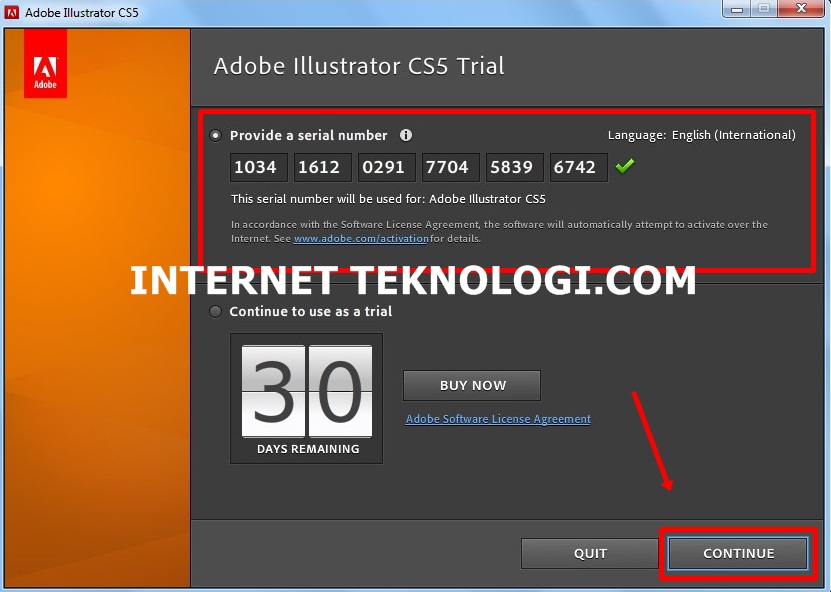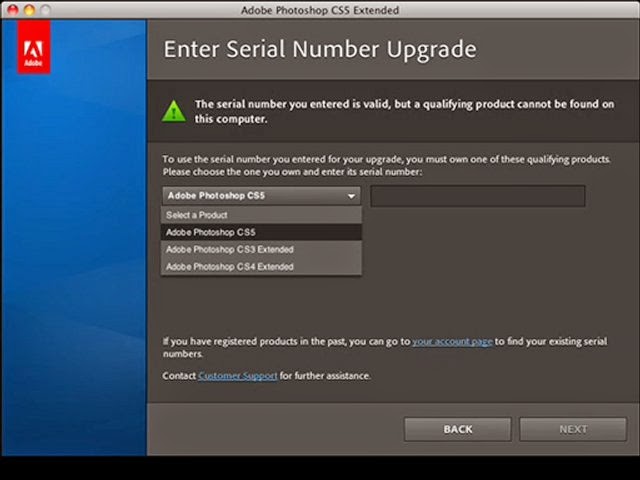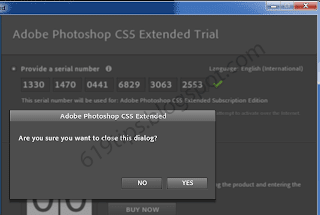
It’s simple enough to make a duplicate using a tool such as Carbon Copy Cloner or SuperDuper having done that, you can use the duplicate to boot your Mac either by selecting it in the Startup Disk pane of System Preferences or by holding down Option while restarting and selecting the volume containing the duplicate. (For complete details about my suggested strategy, including the steps to create a bootable duplicate, see “ Take Control of Backing Up Your Mac.”)

Together, this combination can protect your data against almost any disaster, while making recovery as painless as possible. In doing so, I hope to clear up several common points of confusion, particularly regarding ongoing backups and syncing other types of data.įor years I’ve recommended a three-pronged backup strategy consisting of versioned backups (such as those produced by Time Machine or CrashPlan), bootable duplicates (complete copies of everything on your startup disk, stored on an external drive), and offsite data storage (either in the cloud or by rotating physical media to other locations). In this first installment of FlippedBITS, I want to look at what happens when you boot your Mac from a duplicate (or “clone”) of your startup disk.

#1633: macOS 13 Ventura and other OS updates, 10th-gen iPad, M2 iPad Pro, 3rd-gen Apple TV 4K, Apple services price hikes.#1634: New Messages features, Apple Q4 2022 results, Preview drops PostScript, iOS/iPadOS 15.7.1, Dvorak on iPhone and iPad.#1635: Adobe/Pantone quarrel, does Matter matter yet?, OneWorld 65W international charger, corral your email with SaneBox, e3 Software sponsoring TidBITS.


#1636: TidBITS wishes Josh a fond farewell, OS security updates, Emergency SOS via satellite details, hands-on at an Apple Store.#1637: Testing Emergency SOS and Find My via satellite, Ventura free space issues, Lock Screen Photo Shuffle joy, Thanksgiving hiatus.


 0 kommentar(er)
0 kommentar(er)
